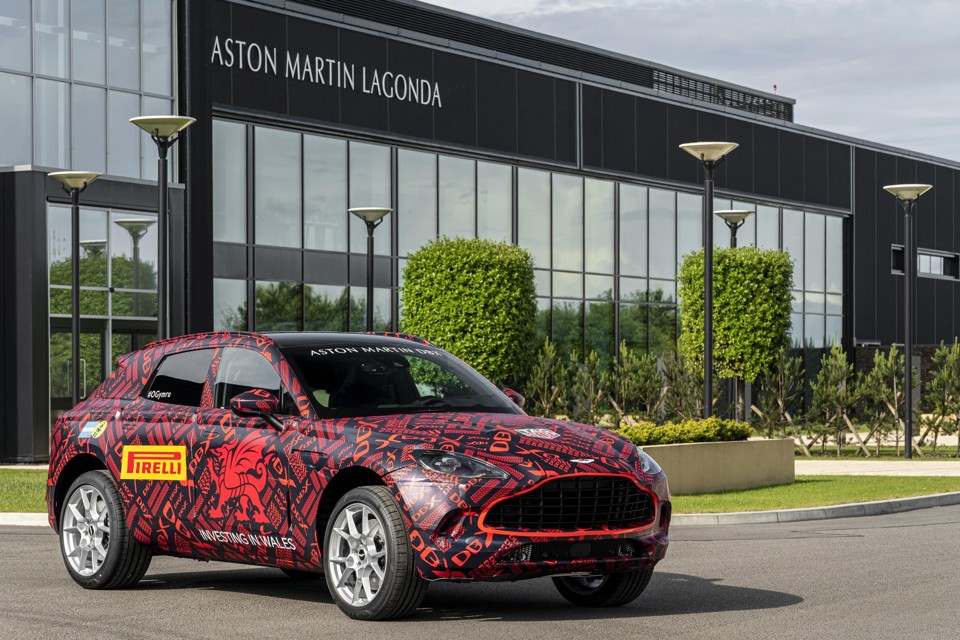Aston Martin’s decision to raise £120m in senior secured bonds in a move which will see it paying 12% interest has been described as an “all-or-nothing rescue attempt” by the Financial Times.
Columnist Kate Burgess described the details of the arrangement, brokered to help the British sports car brand built its DBX SUV at its new manufacturing plant at St Athan, South Wales, as “devilish”, in a column published in the newspaper today (September 26).
Burgess said Aston has the option to draw another $100m, conditional on the group selling 1,400 of the DBX, through a second tranche of debt part-paid as a payment in kind, or PIK.
“PIK bonds are ultra high-risk, paying sky-high interest rates and favoured by businesses desperate to avoid shelling out cash even if it means piling up debt,” she said.
“They signal a company teetering on the edge.”
Quoted in The Times newspaper, Aston Martin chief executive Andy Palmer suggested that the fund-raising effort should allay fears, ensuring that the manufacturer has “money in the bank” after it borrowed £720m from JP Morgan and called on £70m of an £80m credit facility back in August.
But S&P slashed its credit rating to “junk” in light of the measure.
Aston Martin was floated on the London Stock Exchange last October with share prices of £19 but have subsequently fallen to a new low of 551p – a decline of 71%.
Pressure has been building on Aston Martin to ensure its next niche models deliver the goods, as AM reported back in August, after the British supercar manufacturer downgraded its 2019 sales forecast from 7,250 cars to 6,400, citing economic uncertainty in the UK and Europe, and posted a £79m half-year loss. Net debt at the time was £732m.
Palmer is pinning his hopes on the success of the new DBX – the brand’s first SUV – which is set to break cover in December.
Three cars in to Aston’s plan for seven new models in seven years, Palmer believes the fourth car, the DBX will begin to change attitudes.
He told The Detroit Bureau that the DBX “will probably become the most important car in our history” in targeting USA and China in particular.
That will be followed by limited edition, mid-engined supercars to rival the likes of the Ferrari 488 and McLaren 720S.
“Our historical presence in the sports car sector has centred on GT models, so mid-engined cars will open Aston Martin up to a new customer segment while staying true to our DNA,” Aston Martin’s vice president and chief planning officer, Nikki Rimmington, told Aston Martin’s magazine.
“These cars are about high performance – they will offer a very immersive driving experience.”














Login to comment
Comments
No comments have been made yet.